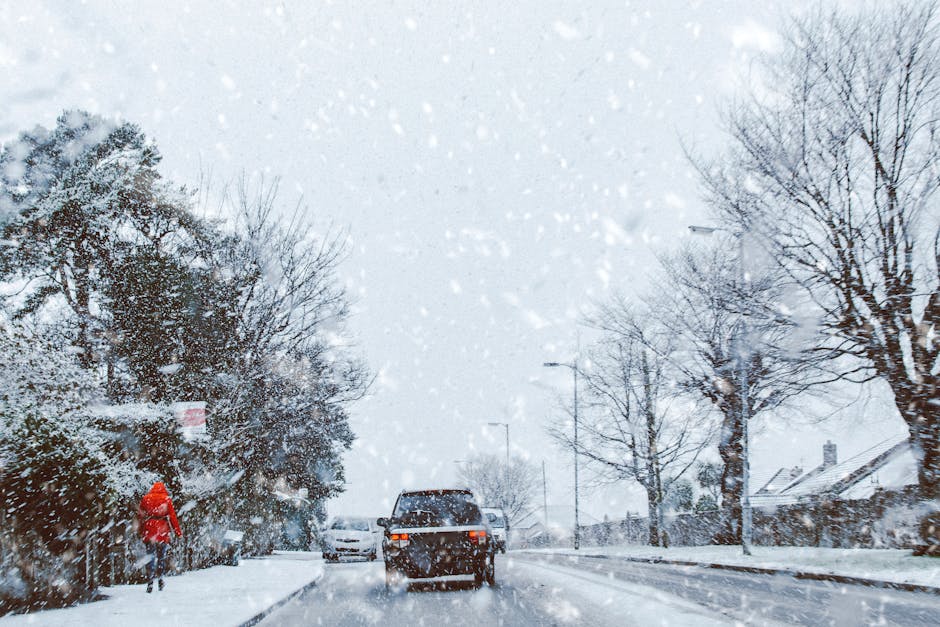by Doug Boucher – President, Poolesville Green
Monocacy Monocle column for May 2024
Spring has finally arrived in Maryland and I think we’re all celebrating the blooming of the wildflowers, the greening of the trees and the chance to walk the dog without even putting on a sweater. But it wasn’t that long ago that we were bundling up in parkas against the winter wind. On our televisions we were seeing that parts of the country seemed to have it a lot worse, with subzero temperatures in the Midwest and interstate highways shut down by snowdrifts.
One aspect of those blizzard-in-the-heartland stories that caught my attention was the plight of electric vehicle owners, particularly those in Chicago who were having trouble charging their cars as the temperatures dropped. They needed to recharge more often; that is, their car’s range was reduced, and when they got to a public charger they often had to wait in line before they could even connect. Understandably, they weren’t happy about it.
Since I knew that electrifying our transportation system is one of the key steps in avoiding dangerous climate change, the problems in Chicago worried me quite a bit. Was it true that EVs were only dependable in fair weather? As more and more of us go electric, are we risking cold-weather breakdowns of the whole system that we depend on to get to work, school, stores, and back home?
As it happened, I had a chance to find the answer just a few weeks later. My wife and I took a long-planned vacation to Norway and Finland – two countries that have both long cold winters and lots of electric vehicles. Nor did we just go to the southern parts of those countries. In each one we travelled north of the Arctic Circle, and In Norway we went around the very northern tip of the country, to within a few miles of the Russian border. There was lots of snow and ice, as you’d expect in mid-March at 71 degrees North latitude (the same as the northernmost coast of Alaska). In Finland we stayed in Rovaniemi, which Finns consider the traditional home of Santa Claus. It’s right on the Arctic Circle, which means that it gets one day each year with 24-hour daylight, and another day with 24-hours of night.
And yes, there were plenty of EVs, and they were working fine. Talking to their owners, I learned that most of the time they charge at home, and sometimes at work. So, although they would like to have more public charging available, it’s a matter of convenience rather than necessity. Ranges (how far you can go on a full charge) are somewhat less in winter than in summer but again, not so much a difference that you can’t accommodate to it.
After returning home I looked up some of the figures on EVs in Norway and Finland, and they confirmed my first-hand impressions. Norway in particular is rapidly electrifying its vehicle fleet – already a third of cars on the road are EVs, and 80% of the new cars sold last year were electric. The public buses are now all EVs.
As a result, both air and noise pollution has been reduced substantially. Since most charging is done at night, at home, the power grid has been able to handle the additional load fairly easily, because it comes mostly at times when offices, schools and stores are closed and there is little demand for lighting, computers, etc. Circle K, a company founded in Texas, has bought up Norwegian gas stations and converted them to combined electric changing stations and fast-food restaurants.
Finland isn’t as far along as Norway but is moving in the same direction, with EVs making up a third of new car sales. Santa’s reindeer aren’t yet out of a job but I suspect that an electric sleigh is just over the horizon.
So, it can be done. It didn’t just happen. In both countries public policies have been put into place that incentivize people to buy EVs: e.g. tax breaks, reduced tolls on highways and ferries, access to special lanes on roads, and implementation of a “right-to-charge” for people living in apartment buildings. There’s certainly more to be done. Drivers want more public chargers and better maintenance of the ones that already exist. As tailpipe emissions become a thing of the past, concerns have switched to the pollution due to the friction between tires and the roadway.
I came back from the frozen north reassured that the transition to vehicles powered by clean energy is going to happen, despite winter. There’ll be bumps along the road, but we can get there.

